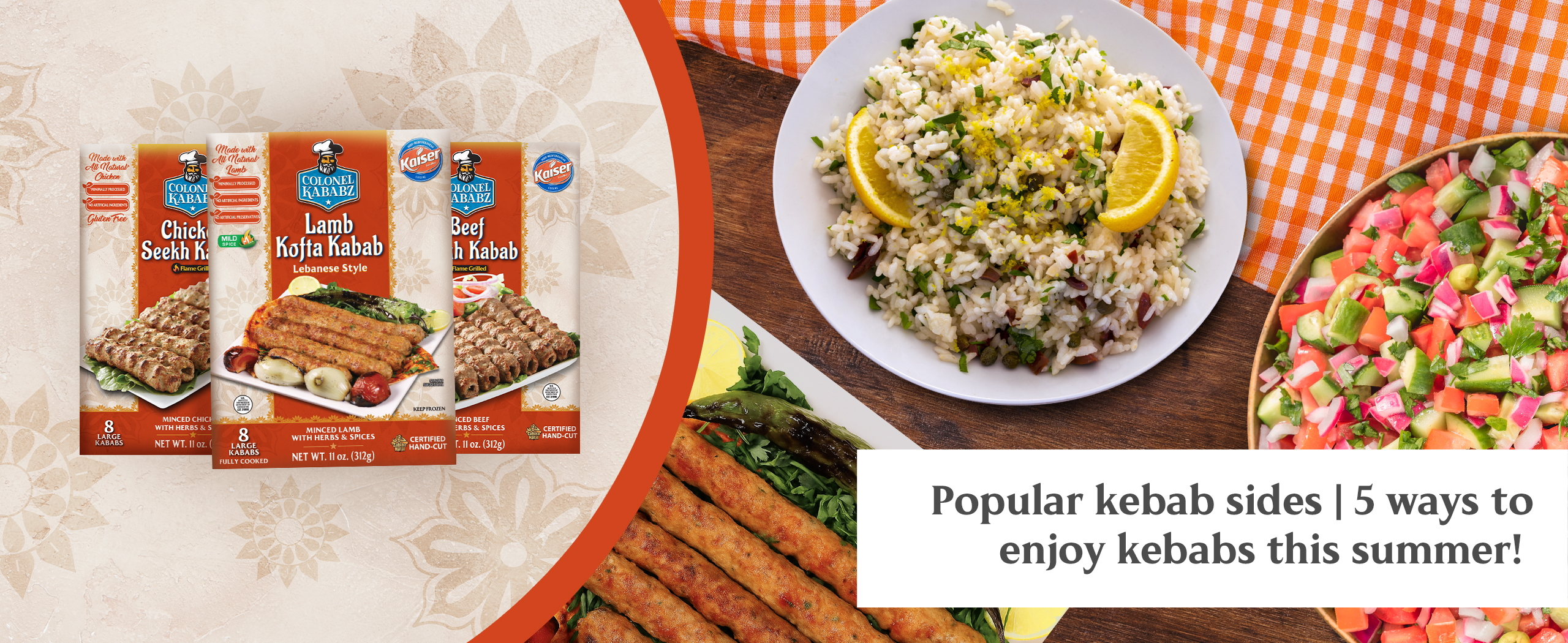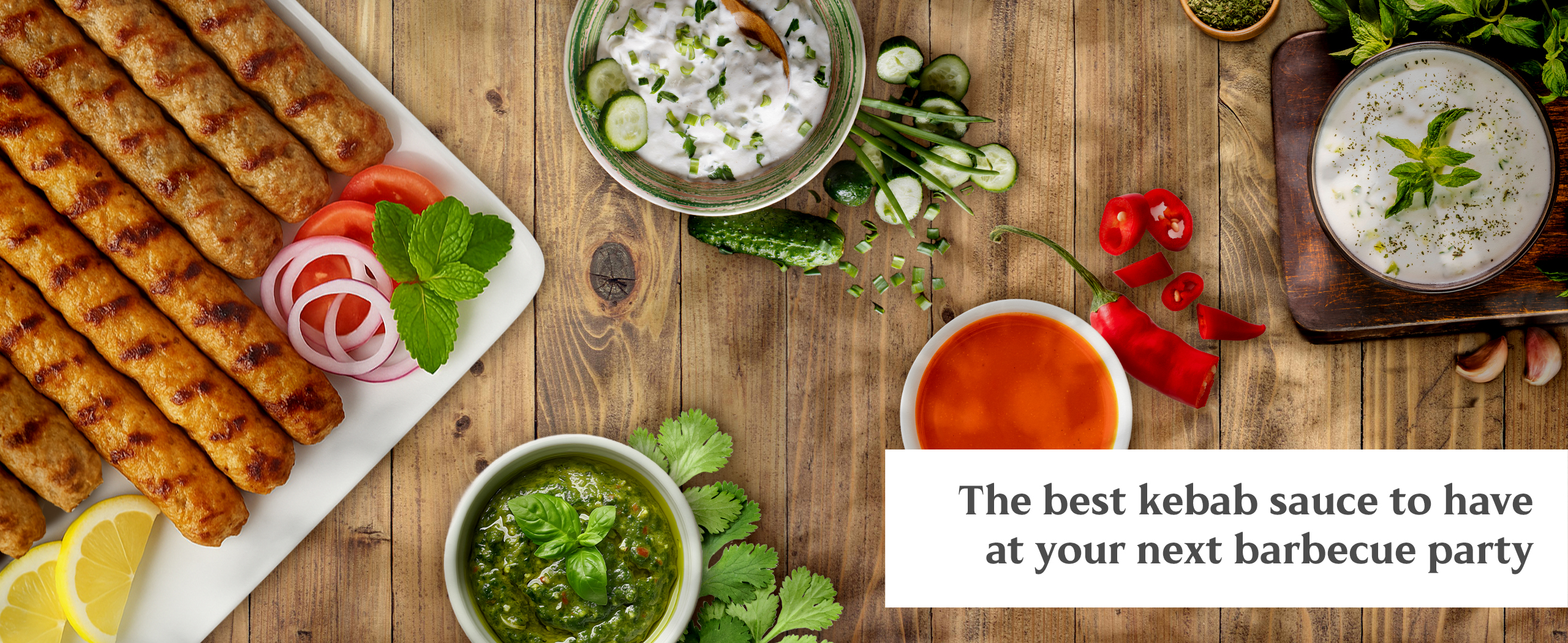Generations of people have carried the legacy of kebab over the past many centuries in different parts of Asia. Presumably of Mediterranean origin, kebab was once a celebrated food item in the royal courts of the Persians, Ottomans, and Mughals. Wherever it went, it was absorbed into local cuisines and shaped the many cultural varieties we see today. For instance, in the Indian subcontinent, it inspired several interesting types such as the shami kabab, seekh kebab, gola kabab, and chapli kabab.
Today, we tell the story of the chapli kabab, known for its crispy fried edges, perfectly juicy center, and rich taste, unlike any other kebab you have ever tasted.
What is chapli kabab?
Chapli kabab is an iconic dish in the Pashtun-dominated northwest Pakistan and eastern and southern parts of Afghanistan. Traditionally, it is made from finely ground raw beef seasoned with coarsely crushed warm spices. The mixture is formed into thin flat patties and deep-fried in animal fat. For an organic flavor, the kebab is cooked over a wood-fired stove. While the chapli kabab is traditionally made from beef, it is often substituted with mutton, lamb, or chicken, mostly outside the Pashtun culinary culture.
The origin & history of chapli kabab
The Mughals introduced West Asian culinary sensibilities to Indian cuisines and added many unique kebab dishes for the local palates to enjoy; however, the chapli kabab was not born in their royal kitchens. Its etymological roots overwhelmingly suggest it’s a creation of the Pashtuns from the present-day Afghanistan-Pakistan region.
Most believe the flat kebab gets its name from the Pushto word chaprikh/chapdikh/chapleet, which means flat. But some say it takes its name from the word chapli of the Dari language, a dialect of Persian spoken in Afghanistan. In Dari, the word chapli translates to sandal. The thinness of the chapli kabab and its elongated shape beget this name because these attributes are perceived to resemble the traditional sandal sole.
So, whether it was born in the city of Peshawar in northwestern Pakistan or the Pashtun-dominated eastern and southern Afghanistan, its name tells us it is not of Mughal origin. Unlike its many Indian cousins, it’s a Pashtun kebab that might have been born in the pre-Mughal era, and traveled around the region with invaders and traders who moved between India and Afghanistan for conquest and business.
Today, chapli kabab is a popular street food item across the Indian subcontinent, enjoyed from Peshawar to Delhi and Dhaka. And while not as well-known as other kebab types, it is slowly gaining global traction through South Asian eateries where it is served as a featured menu item.
What makes the chapli kabab different?
Chapli kababs are a melting pot of the West and South Asian culinary sensibilities and have a distinct identity. Like most Middle Eastern kebabs, they use a fatty cut of meat, but they’re shaped unlike any other kebab in that they are super-thin and super-flat.
Compared to the different types of skewered kebabs from the Mediterranean Basin, the chapli is exceedingly tender owing to the cut of meat used to make it and because of how finely it is ground. The chapli kabab also uses a wider array of herbs and spices, many that are native to the Af-Pak region, such as the pomegranate seeds, which impart the kebab its characteristic tangy crunch. Unlike most popular skewered kebabs, the chapli is not cooked over an open flame; instead fried in animal fat. This technique lends the kebab its extra crisp and slightly charred edges, while ensuring the central part of the large and thin patty is soft and succulent.
How to make & serve chapli kababs
Making the perfect chapli kebabs requires simple, but quality ingredients and a little technique. For food lovers who also love cooking, it’s one of the easiest kebabs to prepare from scratch in your home kitchen. Chapli kabab recipes can vary slightly; however, the key ingredients are found in all. Here is how you can make these novel kebabs at home if you’ve the luxury of time.
Prepare finely minced meat from a fattier beef cut (you can use lamb, mutton, or chicken instead). Add freshly chopped tomatoes, onions, ginger, garlic, cilantro, and green chilli peppers to the minced meat. Coarse wheat flour, crushed coriander and pomegranate seeds, ground cumin, cardamom, and salt go in next. Once this mixture is ready, let the mince marinate for a bit before forming and cooking your kebabs.
Traditionally, eggs are broken into the kebab mixture just before the thin kebab patties are formed to cook. The egg acts as a binding agent. Many street food vendors and chefs in Peshawar use bone marrow to stud the kebab’s surface. Another common garnish is a whole slice of tomato that is embedded into the ground meat right before the kebab hits the oil.
You have to fry the kebab in shiny hot oil and on medium to high heat until it cooks through, getting a nice char and crispy crust with a tender and juicy center. Since the kebab patty is so thin, it is super easy to overcook it. Make sure you keep a close eye on it when in the pan.
Once the kebabs are ready, serve piping hot while they are moist. Traditionally, they are eaten with sides like tandoori naan brushed with ghee, the Afghan pilaf, Kabuli pulao, and in paratha or naan wraps. For today’s lifestyle, this ‘Pashtun burger patty’ makes an ideal filling for an anytime sandwich built from pita, paratha, or naan.
Concluding words…
Not as popular worldwide as its many cousins from India and the Mediterranean, but the chapli kabab is a beloved dish across South Asia. With its flavorful medley of spices, the crispy fried crust, and juicy inside, it is not a cultural favorite without merit.
If you are a stranger to the world of Asian cooking, but tempted to try out these delicious Pashtun burger patties, here is your solution: chicken and beef chapli kababs from Colonel Kababz. These kebabs are made from all-natural ingredients, using traditional recipes for authentic flavors, and they come ready to cook, so all you’ve got to do is shallow-fry them until ready, and roll them into a wrap!



